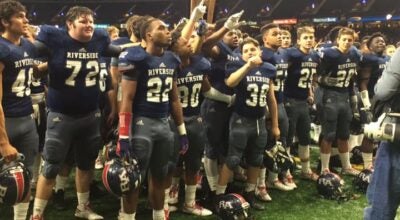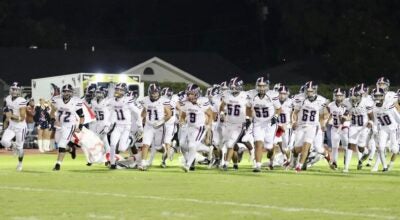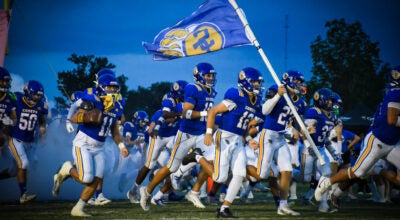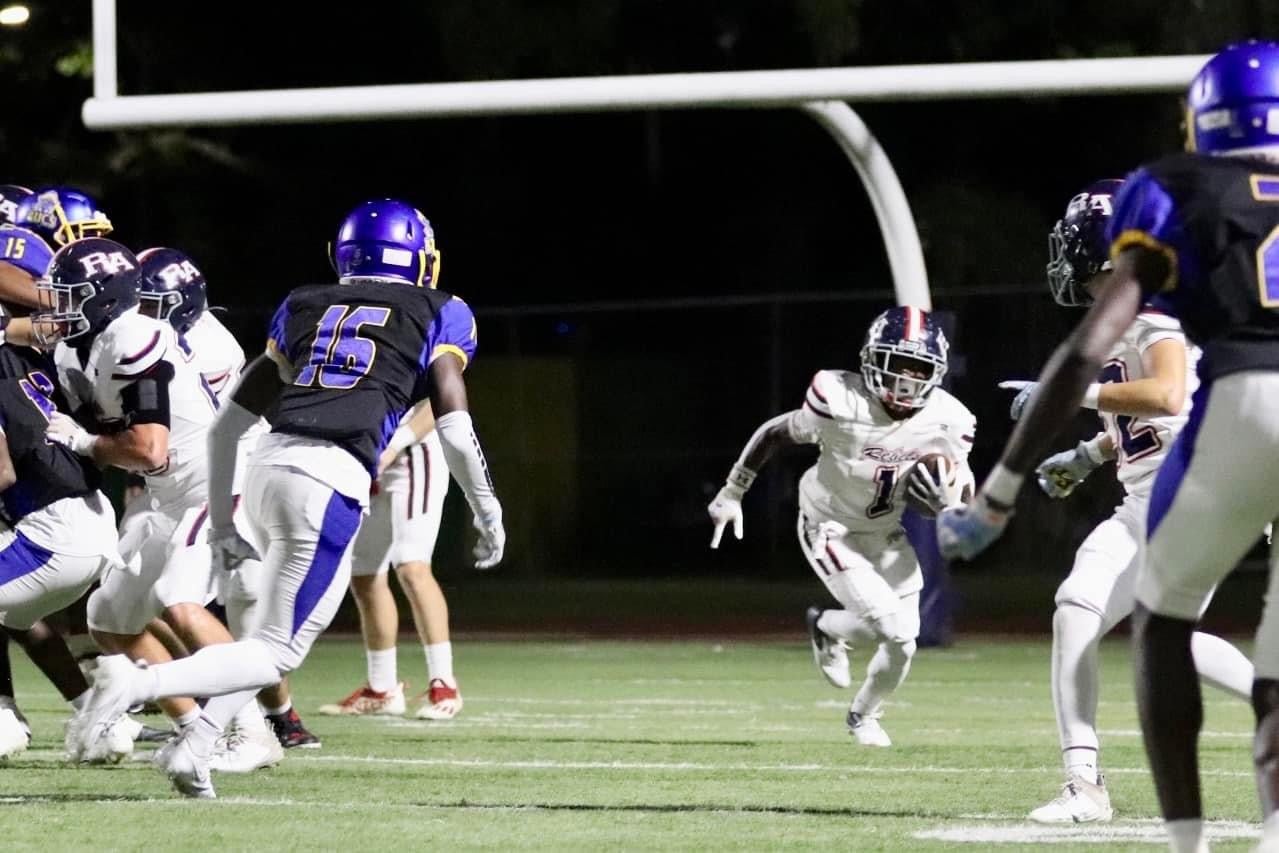RECRUITING CLASSES NEED YEARS TO BE JUDGED
Published 12:00 am Wednesday, February 4, 1998
L’Observateur / February 4, 1998
Today is National Signing Day, and fans across the country are alreadypredicting conference and national championships for their teams.
But before we start declaring a player the next Peyton Manning or CharlesWood-son, let’s see on the college gridiron first.
Recruiting is a craps shoot. Just because a player excelled at the highschool level doesn’t mean that he will become a collegiate star. Injuries,grades, off-field distractions or not fitting into a system could turn ablue chipper into a bust.
On the other hand, in every recruiting class there are a number ofdiamonds in the rough who shine more brightly on Saturdays than they didon Friday nights. Herb Tyler, for example, was overshadowed by thesigning of Kevin Faulk in 1995 but has had a major part in the resurgenceof the LSU program the past three years.A program needs a number of great recruiting classes to becomesuccessful, but having one of the highest- rated classes does notguarantee success of a program. For years, Alabama and Miami have beentouted as being among the best at recruiting blue chippers. Both suffereddown years in 1997.
LSU recruited five of the best running backs in the country in 1991 thenwent on to have four straight losing seasons. One that the Tigers did notget that year was a lightly recruited back out of Carver High School by thename of Marshall Faulk, who went on to have a stellar career at San DiegoState.
On the other end of the spectrum, Alabama was considered to have one ofthe worst recruiting classes in the SEC in the late 1980s. Four yearslater, that class led the Crimson Tide to the national championship asseniors. And Southern for years has taken lightly recruited players andused them to win black college national championships.
The classes of Michigan and UCLA are being regarded as being the best inthe country right now, while Miami’s and Auburn’s are among thoseconsidered to be disappointments. Who knows where they could stand infour to five years. The situation could be reversed. Or a school that had aclass rated in the middle of the pack could come away with a nationalchampionship.
Closer to home, LSU’s class is being ranked in the top 15. That is a farimprovement from the late 1980s and early 90s, when players like Faulk,Kordell Stewart and Warrick Dunn left the state. Tulane is also having anexcellent recruiting year, getting commitments from such blue chippersas Derrick Joseph and Torie Taulli.
Here in the River Parishes, we have a number of prospects going to thenext level. But let’s wait until some time has passed to start nominatingfor the major awards. Making the transition to the next level is hardenough without having to live up to added expectations.
Return To News Stories





